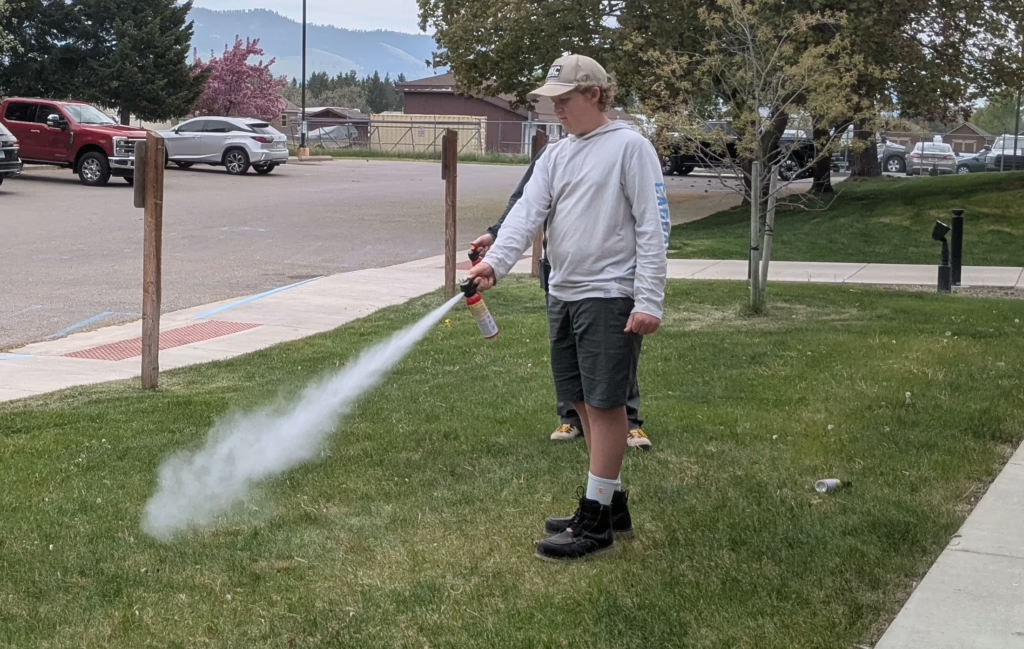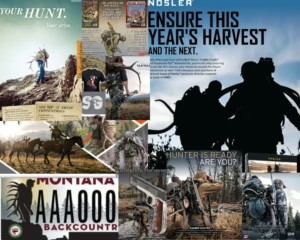The best available science on the effectiveness of bear spray has one conclusion: bear spray crushes bullets.
In a study published in the Journal of Wildlife Management in 2008, BYU associate professor Tom Smith and colleagues found that in 72 cases where people used bear spray to defend themselves from brown, black, and polar bears, the spray stopped the undesirable behavior more than 90 percent of the time. Crucially, 98 percent of the people involved walked away uninjured.
The Statistics: Why Spray Beats Lead
In a follow-up study, Smith et al. found that while discharging a firearm typically stopped encounters (84% for handguns, 76% for long guns), the margin for error is catastrophic: one in four incidents involving firearms led to human injury or death.
That’s the science. Then there is the real-world scenario of trying to hit a target the size of a tennis ball moving at 40 mph with a half-inch bullet.
George Hyde, General Manager at Counter Assault Bear Spray, told me that you have to make a spine or brain shot to stop that bear. He says your odds are a whole lot better with a shotgun cloud of spray.
The 3 Rules for Bear Country
As hunters, we do everything we’re not supposed to do in the woods. We’re quiet, we walk into the wind, and we use calls to sound like prey. Since we are begging for an encounter, here are three tips you need to survive.
1. The “No-Test” Rule
Old advice suggested giving your can a quick “test burst” to make sure it works. Do not do this. New research from 2020 shows that bear spray canisters lose up to 50% of their head pressure in the first second of spraying. That initial blast is your lifesaver—it has the most range and force. If you “test” it at the trailhead, you are walking into the woods with half of a weapon. Trust the expiration date, not a test fire.
2. Chest or Belt Placement

If your spray is in your pack, you might as well leave it at home. Carry it on your chest or your belt—somewhere you can grab it in under two seconds. When a bear charges from 30 feet away, you have less than half a second to react. If you fail to de-escalate and the bear commits, you want the spray in your hand before your brain even processes the fear.
3. Busting the Cold & Wind Myth
Many hunters ditch the spray in late season, fearing the cold kills the pressure. A 2020 study led by Dr. Tom Smith put this myth to bed. They tested spray at -9°F (-23°C) and in high headwinds. The result? The spray still fired effectively, creating a cloud that reached over 13 feet.
- In the cold: Keep the canister inside your jacket or in a chest holster under your parka; your body heat will maintain the pressure.
- In the wind: Even with a stiff breeze in your face, a high-pressure burst will still reach a bear 6 feet in front of you. A word of caution here: deploy this stuff into the wind as a last resort. When you inhale it, you’re going down just like that bear, and you’ll bear down for a while.
Deployment: How to Survive the Charge
You have about seven seconds of “ammunition” in an eight-ounce can. Do not dump the whole can at once.
If a bear charges to within 30-60 feet, fire a 1-2 second burst directed at the ground in front of the bear. You want the spray to bank off the ground and rise, creating a wall of peppers that the bear must run through. This attacks the eyes and the nose, a bear’s most sensitive organ.

First Aid and Cleanup
Bear spray is a deterrent, not a repellent. Never spray it on your tent or gear; the residue actually attracts bears. If you get it on your skin, wash with cold water and a non-oil-based soap (like Johnson’s Baby Shampoo or Dawn). Oil-based soaps just spread the pain.
And remember: gravity applies to bathing. Do not wash the peppers from your face down to other sensitive areas.
The Return on Investment
Hyde often hears hunters complain that $50 for a can of spray is too expensive. But compared to a box of premium ammo—and with a shelf life of four years—it’s the cheapest insurance you can buy. Should you need to use it, the return on investment is your life, and a story you get to share for the rest of it.






